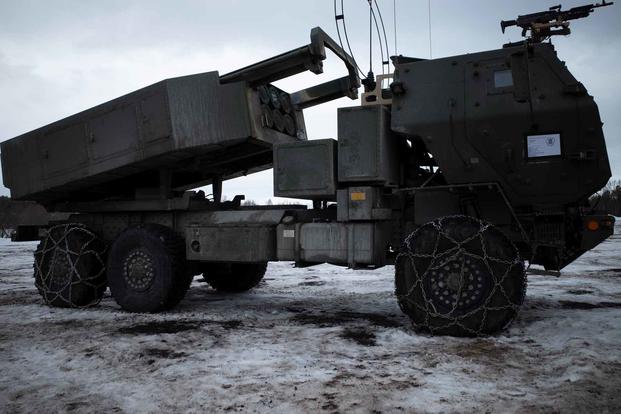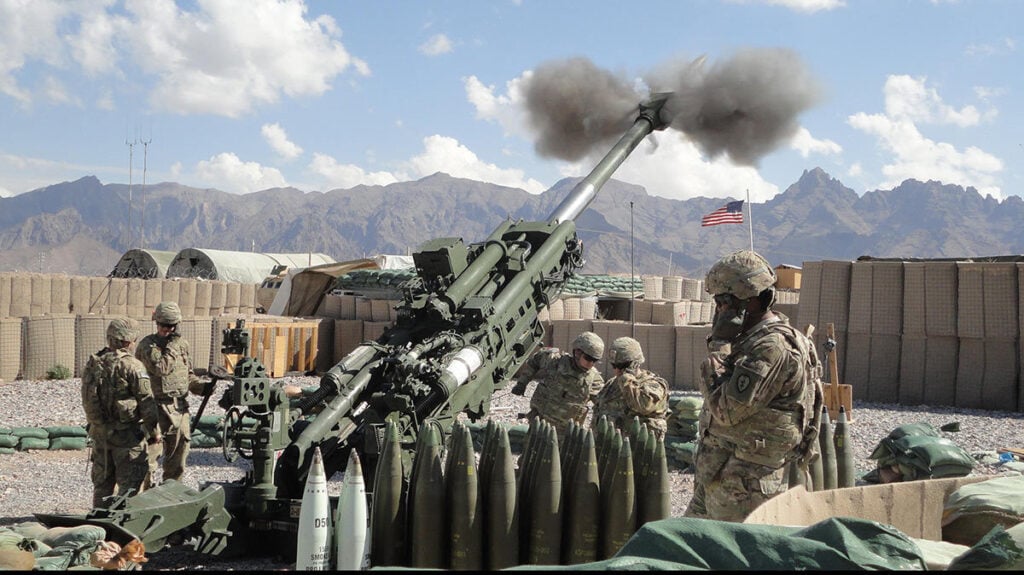...in accordance with the service's modernization plan, which -- in part -- wraps missile capabilities around its littoral units, the Corps is now looking at the Multiple Launch Rocket System, or
MLRS. With a similarly advertised range to HIMARS, depending on the munition, the MLRS is tracked instead of wheeled, heavier and has been battle-tested since the 1980s. The Corps has had HIMARS since the early 2000s.
The service will also use the
Navy/Marine Corps Expeditionary Ship Interdiction System, or NMESIS, which it procured last year. That system is mounted on a
Joint Light Tactical Vehicle, is designed specifically for killing ships from land and has a shorter range of about 60 less miles than the HIMARS.




